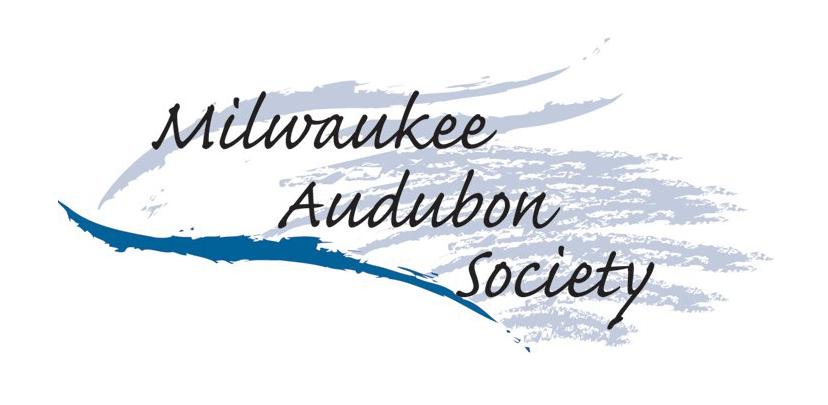MAYA FOREST
Winter Home of Wisconsin’s Summer Songbirds
Many of Wisconsin’s colorful summer songbirds migrate south every winter, crossing the Gulf of Mexico to the Maya Forest of Mexico and Central America. Some even keep travelling to the Amazon Basin and beyond in South America. Their winter habitat is threatened by climate change and deforestation, and parts of it are completely unexplored!
Milwaukee Audubon Society has a keen interest in exploring, understanding, and protecting the Maya Forest. Partnering with Guatemala’s FUNDAECO (Fundación para el Ecodesarrollo y la Conservación)
https://fundaeco.org.gt/fundaeco.org.gt/english/home.html MAS organized a GoFundMe campaign to raise funds to repair vehicles that are currently patrolling the El Mirador National Park in the Maya Forest of northern Guatemala which is threatened by illegal logging and hunting.
In 2022 Milwaukee Audubon Society partnered with the Institute of Anthropological and Spatial Studies (IAPŠ) https://iaps.zrc-sazu.si/en of the Research Centre of the Slovenian Academy of Sciences and Arts (ZRC SAZU). This collaboration is an ongoing exploration of the Balam Ku Biosphere Reserve in the Maya Forest of the state of Campeche, Mexico. Elevated from State Reserves to Federal Biospheres on September 1, 2023, the Balam Ku and Balam Kin Biosphere Reserves adjoin the Calakmul Biosphere Reserve established in 1989. Balam Ku embraces a 2,000 square mile jungle that, incredibly, had never been archaeologically explored.
Milwaukee Audubon Society helped raise the funds to perform studies of select portions of this forest using aerial lidar, a relatively new technique that can “see through trees” to generate detailed images of the forest canopy as well as the ground below . The purpose of the exploration is to understand the development of Maya civilization in this hitherto unexplored forest, and the relationship the ancient Maya had with their natural environment. They too faced serious trouble with overpopulation, intensive agriculture, water shortages, and habitat destruction and these must have had far-reaching effects. Our lidar data of the forest canopy will be invaluable in the years ahead in monitoring habitat changes.
Milwaukee Audubon Society members Peter Thornquist and Leslie Martin have spent months in the field assisting Project Director Dr. Ivan Šprajc with the “ground-truthing” of lidar data about this previously unexplored forest. This has resulted in the discovery of a major ancient Maya City they named “Ocomtún,”
https://www.npr.org/2023/08/01/1191071151/maya-city-ocomtun-lasers, generating worldwide headlines in 2023, and bringing international attention to the area and its conservation values.
Milwaukee Audubon Society follows the timeless exhortation: Think locally, act globally!
Can you identify the ten Wisconsin summer songbirds above whose pictures were taken in the Greater Indian Prairie area of the Milwaukee River Valley? All make their winter home in the Maya Forest of Mexico and Guatemala. (Top to bottom, L-R: Cape May warbler, chestnut-sided warbler, indigo bunting, American redstart, rose-breasted grosbeak, scarlet tanager, summer tanager, olive-backed thrush, veery, yellow warbler).





